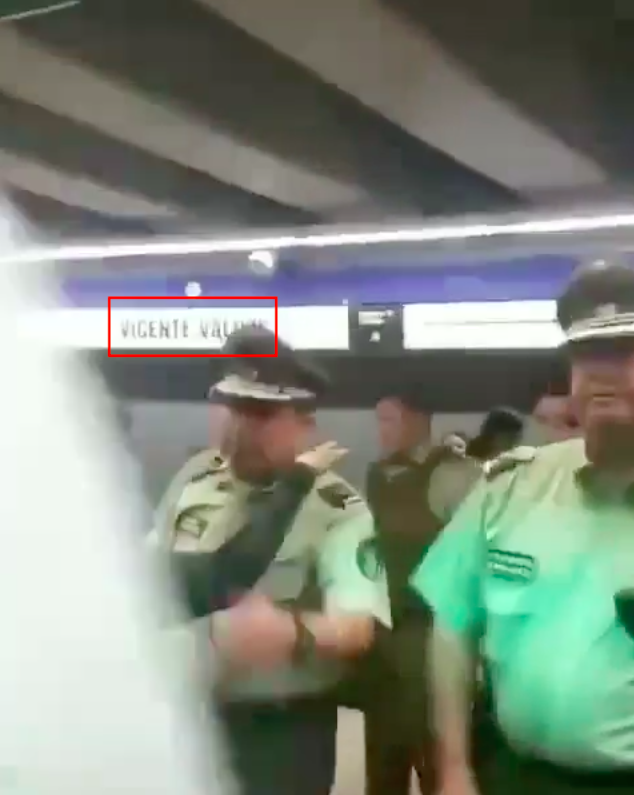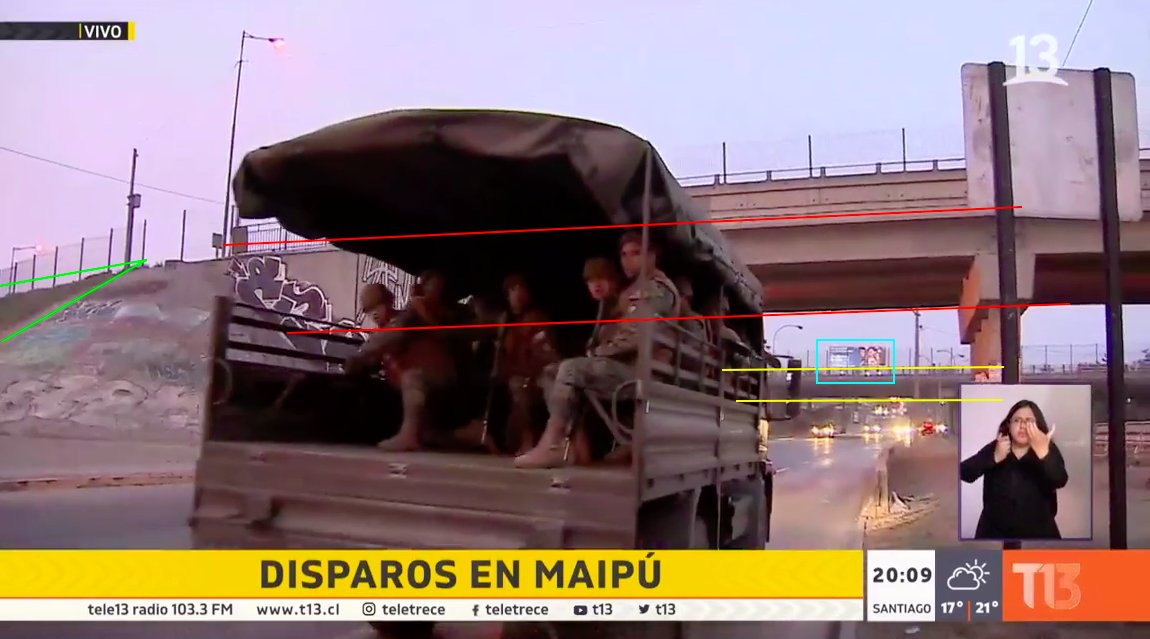1/ I've flown commercially in the crash area for many years. When the crash occurred, I tweeted a first impression, that the crash bore the hallmarks of something called a CFIT event.
A tragic waste.
Keep Current with Brian Beker
This Thread may be Removed Anytime!
Twitter may remove this content at anytime, convert it as a PDF, save and print for later use!

1) Follow Thread Reader App on Twitter so you can easily mention us!
2) Go to a Twitter thread (series of Tweets by the same owner) and mention us with a keyword "unroll"
@threadreaderapp unroll
You can practice here first or read more on our help page!





